-
Doctors
-
Specialities & Treatments
Centre of Excellence
Specialties
Treatments and Procedures
Hospitals & Directions HyderabadCARE Hospitals, Banjara Hills CARE Outpatient Centre, Banjara Hills CARE Hospitals, HITEC City CARE Hospitals, Nampally Gurunanak CARE Hospitals, Musheerabad CARE Hospitals Outpatient Centre, HITEC City CARE Hospitals, Malakpet
HyderabadCARE Hospitals, Banjara Hills CARE Outpatient Centre, Banjara Hills CARE Hospitals, HITEC City CARE Hospitals, Nampally Gurunanak CARE Hospitals, Musheerabad CARE Hospitals Outpatient Centre, HITEC City CARE Hospitals, Malakpet Raipur
Raipur
 Bhubaneswar
Bhubaneswar Visakhapatnam
Visakhapatnam
 Nagpur
Nagpur
 Indore
Indore
 Chh. Sambhajinagar
Chh. SambhajinagarClinics & Medical Centers
Book an AppointmentContact Us
Online Lab Reports
Book an Appointment
Consult Super-Specialist Doctors at CARE Hospitals
Cerebral Palsy: Types, Symptoms, Causes and Treatment
Updated on 9 July 2024
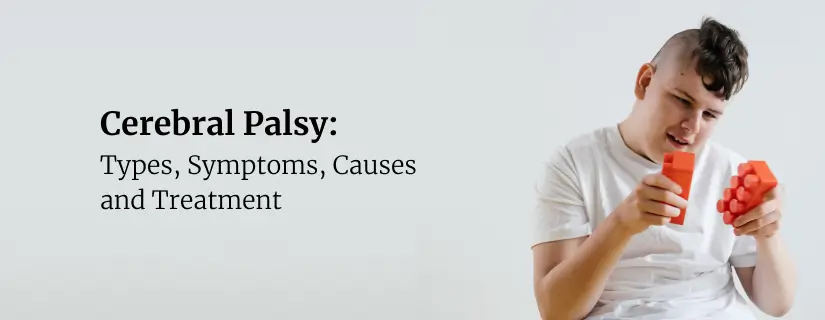
Have you ever heard about Cerebral palsy (CP)? It is a condition that affects how a person moves, stands, and controls their muscles. In this blog, we will look closely at cerebral palsy, explain its different types, and explore ways to create a brighter future for those affected. Understanding and compassion are vital in supporting individuals with cerebral palsy. Despite the challenges, individuals with CP can live productive lives with the proper support and interventions.
What is Cerebral Palsy?
Cerebral palsy is a lifelong condition. It may be due to damage to the developing brain, which can occur before, during, or shortly after birth. This damage can impact the brain's ability to control muscle movements, leading to various physical and cognitive impairments. Common symptoms include spasticity, exaggerated reflexes, rigidity, and involuntary movements.
Types of Cerebral Palsy
Cerebral palsy is not a single disease. Instead, it is a spectrum of disorders, each with its unique characteristics. The following are main types of cerebral palsy:
- Spastic Cerebral Palsy: Characterised by stiff, rigid muscles and impaired movement, this is the most common form of cerebral palsy.
- Dyskinetic Cerebral Palsy: Dyskinetic CP is characterised as uncontrolled, involuntary movements. This type can affect the individual's ability to speak, swallow, and maintain posture.
- Ataxic Cerebral Palsy: Individuals with this type experience balance and coordination difficulties, often with tremors and a lack of muscle control.
- Mixed Cerebral Palsy: As suggested by its name, this type involves a combination of the above-mentioned characteristics, presenting a unique set of challenges.
How Common is Cerebral Palsy?
CP is amongst the most common motor disabilities in childhood, affecting approximately 2 to 3 out of every 1,000 live births worldwide. While the incidence rate has remained relatively stable over the past few decades, advancements in medical care and early intervention have significantly improved the quality of life for people with cerebral palsy.
Symptoms of Cerebral Palsy
The symptoms of cerebral palsy can vary based on the type and severity of the condition. Common symptoms may include:
- Muscle stiffness, and they may tighten even more over time
- Floppy muscles, especially at rest
- Lack of muscle coordination
- Difficulty with balance and coordination
- Trouble with fine motor skills (writing or buttoning clothes)
- An unusual walking pattern, such as dragging a foot or walking on toes
- Involuntary movements, such as twisting, jerking, or writhing of the hands, feet, arms, or legs, which can worsen during stress
- Impaired speech and communication
- Cognitive impairments
- Seizures
- Vision or hearing problems
- Trouble swallowing or chewing in older children
- Slower than normal growth
- Delays in reaching motor skills milestones (sitting up or crawling)
- Bladder and bowel problems, including constipation and urinary incontinence
- CP can affect one side of the body, one or both hands or legs
Causes of Cerebral Palsy
Cerebral palsy is mainly due to damage to the developing brain of the child. It can occur during pregnancy, childbirth, or in the early years of life. Some of the common causes include:
- Prenatal Factors:
- A genetic mutation affecting the brain development
- Infections during pregnancy like rubella, cytomegalovirus, or toxoplasmosis can affect an unborn baby.
- Exposure to harmful substances during pregnancy, including alcohol, tobacco smoke, or certain medications
- Interrupted blood supply or bleeding to the developing foetal brain
- Perinatal Factors:
- Premature birth and low birth weight
- Lack of oxygen supply to the brain (asphyxia) during childbirth
- Head injuries or trauma in early childhood
- Postnatal Factors:
- Severe childhood infections like meningitis or encephalitis can affect the brain after birth.
- Traumatic head injuries from accidents or falls
- Severe, untreated jaundice can cause brain damage (kernicterus)
Risk Factors for Cerebral Palsy
Several factors can increase the risk of a child developing cerebral palsy, including:
- Premature birth or low birth weight
- Multiple births (twins, triplets, etc.)
- Maternal infections or health conditions during pregnancy
- Placental abnormalities or complications during childbirth
- Head injuries or trauma during childbirth or in early childhood
- Rh incompatibility between mother and baby can lead to severe jaundice and brain damage.
- Difficulties during labour and delivery, such as oxygen deprivation (asphyxia) or emergency C-sections, can increase the CP risk.
- Severe, untreated jaundice in newborn
- High-grade fever in the mother during pregnancy or delivery
Complications of Cerebral Palsy
Individuals with cerebral palsy may experience a range of complications that can impact their overall health and quality of life. These complications can include:
- Musculoskeletal problems, such as joint deformities, muscle contractures, and scoliosis
- An unsteady gait can cause hip dislocation or fall injuries
- Respiratory issues, including pneumonia and breathing difficulties
- Feeding and swallowing difficulties, leading to malnutrition or growth issues
- Cognitive and learning disabilities
- Seizures and epilepsy
- Sensory impairments (hearing or vision loss)
- Behavioural, anxiety, depression, and social difficulties
- Increased risk of dental problems due to challenges with oral hygiene and feeding
- Bladder and bowel complications, such as urinary tract infections, incontinence, or constipation
Diagnosis of Cerebral Palsy
Diagnosing cerebral palsy involves a multi-step process, often involving:
- Doctors may review the child's medical history, developmental milestones, and prenatal or perinatal complications.
- Physical examination can assess muscle tone, reflexes, coordination, and motor skills development.
- Neurological assessments to evaluate motor skills, sensation, and response to stimuli
- Imaging tests, including CT scans, MRI, or ultrasounds, to identify any brain abnormalities
- Developmental screenings to assess the child's cognitive, communication, and social-emotional abilities
- Electroencephalogram (EEG) to analyse brain activity and detect abnormalities, particularly in seizures.
- Genetic testing
Cerebral Palsy Treatment
Treating cerebral palsy is a multifaceted approach that involves a team of doctors, including physicians, physical therapists, occupational therapists, speech-language pathologists, and psychologists. The primary goals of treatment are to:
- Improve Motor Function: Physical therapy, occupational therapy, and assistive devices (e.g., walkers and braces) can help enhance muscle strength, coordination, and mobility.
- Enhance Communication: Speech-language therapy can address speech, language, and swallowing difficulties, empowering individuals to communicate more effectively.
- Promote Independence: Occupational therapy focuses on developing daily skills, such as self-care, to foster greater independence and quality of life.
- Manage Complications: Medications, surgeries, and other interventions may address specific complications, such as muscle spasticity, seizures, or joint deformities.
- Support Emotional Well-being: Psychological counselling and support groups can help individuals with cerebral palsy manage the emotional and social challenges they may face.
The treatment plan is customised to the individual's unique needs and may evolve as the person's abilities and challenges change.
Prevention
While there is no known way to prevent cerebral palsy completely, there are several measures that can reduce the risk and improve outcomes, such as:
- Prenatal Care: Ensuring proper prenatal care, including regular check-ups, screening for infections, and managing maternal health conditions, can help minimise the risk of complications during pregnancy.
- Perinatal Care: Providing high-quality medical care during labour and delivery, including prompt recognition and management of complications, can help prevent brain injuries that may lead to cerebral palsy.
- Neonatal Care: Advancements in neonatal intensive care, such as the use of surfactant therapy and hypothermia treatment, have significantly improved the survival and outcomes of premature infants, who are more susceptible to developing cerebral palsy.
- Early Intervention: Timely identification of developmental delays or signs of cerebral palsy, followed by early intervention programs, can help maximise the child's potential and minimise the condition's impact.
Conclusion
Cerebral palsy is a complex condition that presents unique challenges and offers opportunities for growth, resilience, and empowerment. By understanding the different types, causes, and complications of cerebral palsy, we can work towards providing comprehensive care and support to people affected by this disorder.
Through advancements in medical care, early intervention, and a multidisciplinary approach to treatment, individuals with cerebral palsy can unlock new possibilities and lead fulfilling lives. By embracing their unique strengths and abilities and creating an inclusive environment, we can help them thrive and reach their full potential.
FAQs
1. How long does cerebral palsy last?
Cerebral palsy is a lifelong neurological condition, as the brain damage that causes it is permanent. However, the severity of symptoms and the impact on a person's life can vary greatly. With proper treatment and support, many people with cerebral palsy can lead independent lives.
2. Can a child with cerebral palsy talk?
Yes, many children with cerebral palsy can talk, though some may experience speech and communication challenges. Speech-language therapy can address these difficulties and empower individuals to communicate more effectively.
3. Is cerebral palsy painful?
Cerebral palsy can be associated with pain due to muscle spasticity, joint deformities, and other complications. However, the pain threshold can vary significantly from person to person. Effective pain management, including medication, physical therapy, and other interventions, can help minimise discomfort and improve quality of life.
ENQUIRY FORM
SELECT CATEGORIES
-
Neurosciences (16)
-
Neurology (37)
-
Neurosurgery (14)
-
Orthopaedics (48)
-
Oncology (33)
-
Obstetrics and gynecology (51)
-
Pulmonology (23)
-
Urology (20)
-
Nephrology (13)
-
Psychiatry (7)
-
Dietetics and Nutrition (111)
-
General Medicine (63)
-
Cardiac Sciences (30)
-
Vascular & Endovascular Surgery and Interventional Radiology (10)
-
Gastroenterology (46)
-
Endocrinology (23)
-
Plastic Surgery (10)
-
Critical Care Medicine (5)
-
COVID-19 (16)
-
Dermatology (16)
-
Emergency Care (1)
-
Ophthalmology (4)
-
Pediatrics (14)
-
Laparoscopic and Bariatric Surgery (8)
-
ENT (15)
-
Kidney Transplant (1)
-
Liver Transplantation and Hepatobiliary Surgery (5)
-
General Surgery (3)
-
Internal Medicine (5)
-
Medicine Information
Hemiplegia: Causes, Symptoms, Treatment and Prevention
Frequent Headaches: Causes, Treatment and Home Remedies
YOU MAY ALSO LIKE
RECENT BLOGS
-

Direct Anterior Approach in Total Hip Replacement: Advantages and Challenges
10 April 2025
Read More
-

Zinc Deficiency: Signs and Symptoms, Causes, Treatment
9 April 2025
Read More
-

Chest Pain When Coughing: Causes, Treatment and Home Remedies
9 April 2025
Read More
-

12 Health Benefits of Eating Mushrooms
8 April 2025
Read More
-

7 Health Benefits of Blood Donation You Should Know About
8 April 2025
Read More
-

Implantation Bleeding Vs Periods: Know the Difference
28 February 2025
Read More
-

Bloating During Ovulation: Symptoms, Causes and Remedies
28 February 2025
Read More
-

Itching During Dengue: Causes, Treatment and Home Remedies
18 February 2025
Read More
Have a Question?
If you cannot find answers to your queries, please fill out the enquiry form or call the number below. We will contact you shortly.






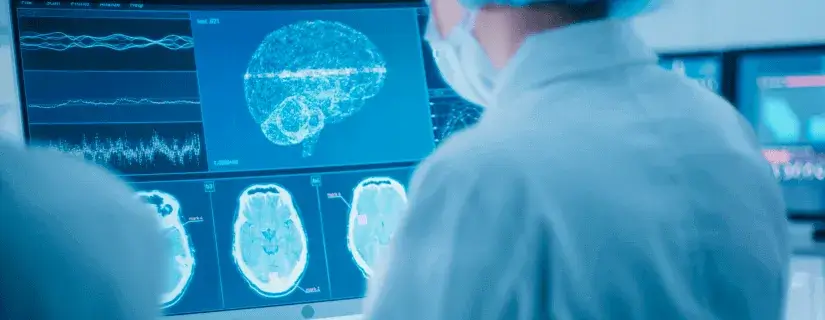
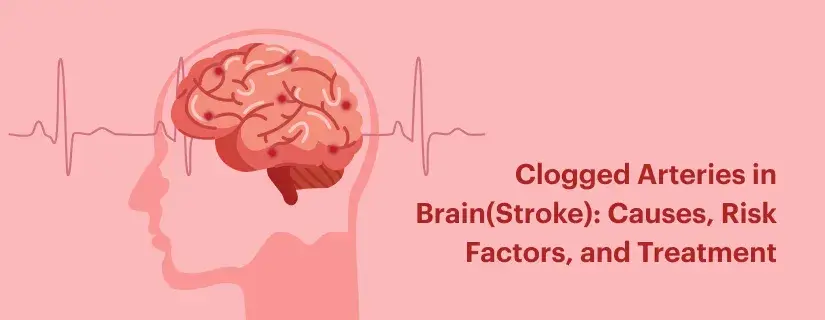


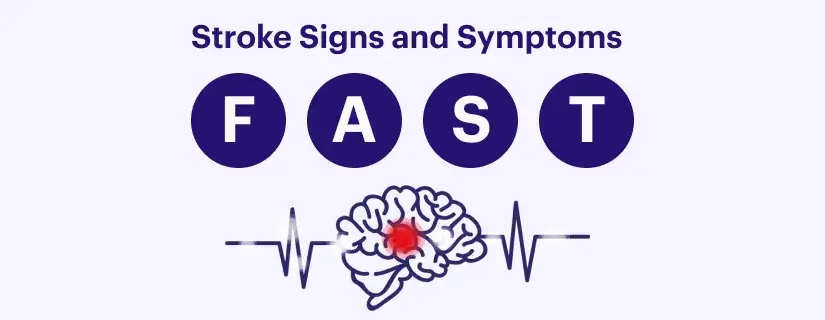
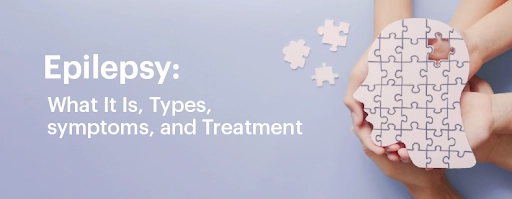
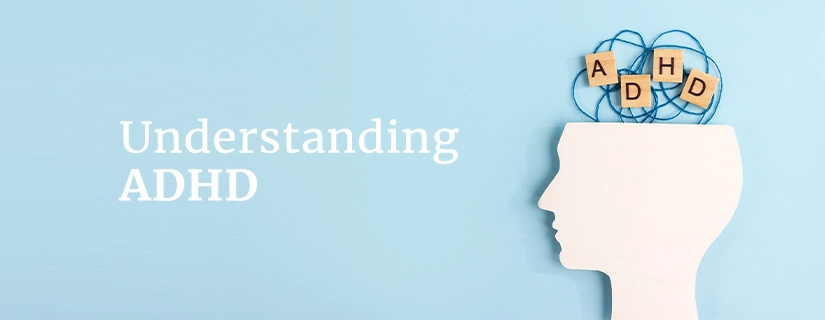
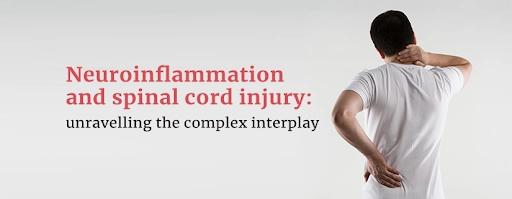






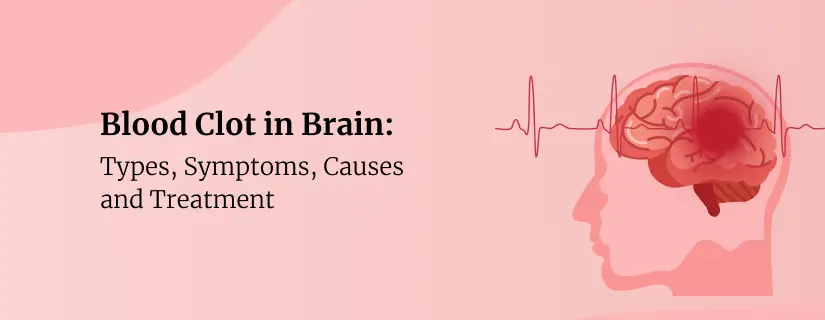

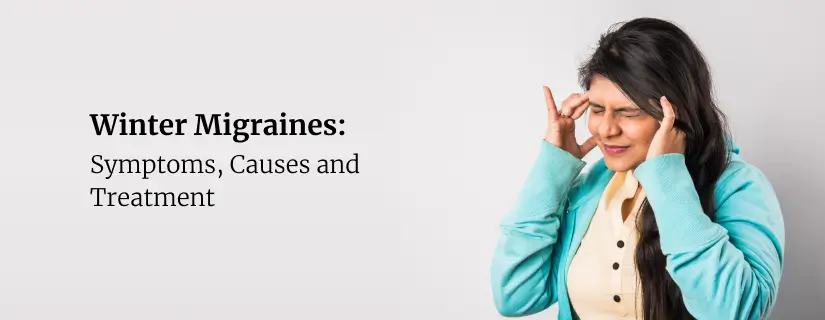


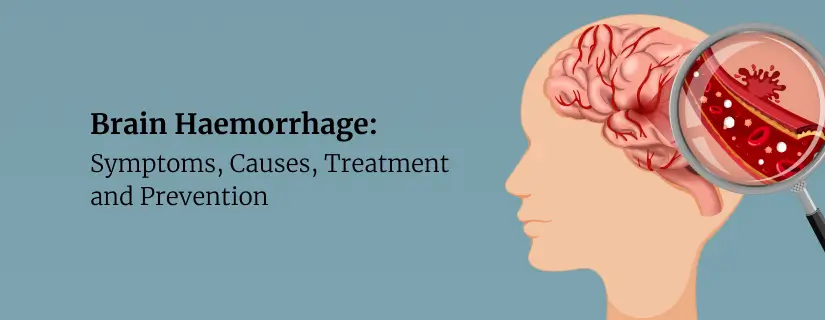


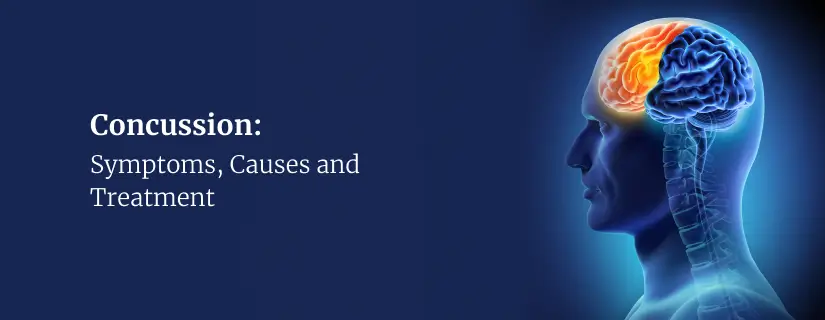

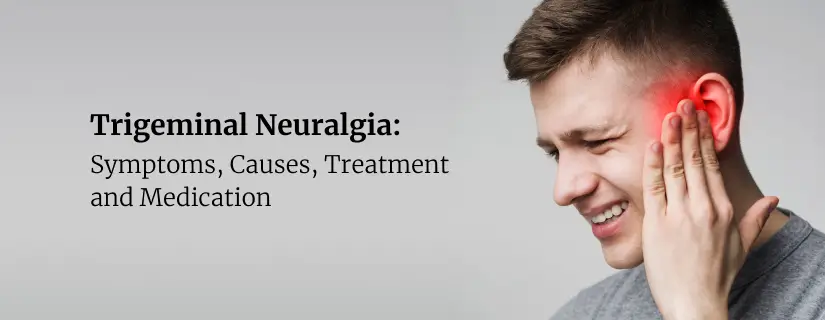
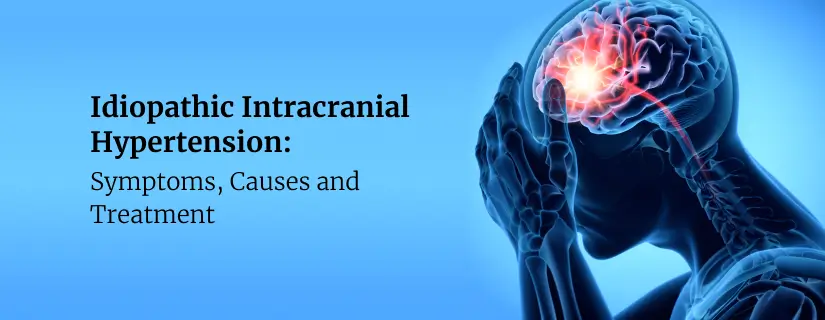


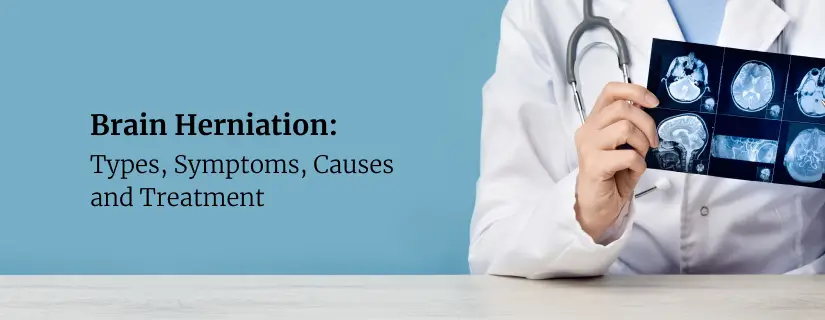

.webp)